Though you wouldn’t know from the smiles around the table at the White House this week, a trap has been set by Vladimir Putin designed to split the United States from its European allies. In Washington on Monday, Europe’s leaders, plus Sir Keir Starmer and Volodymyr Zelensky, agreed with Donald Trump that the killing in Ukraine should and can be ended as soon as possible. They lavished praise on Trump for reaching out to the Kremlin, despite having themselves treated Putin as a pariah for the past three years. And they even enthusiastically applauded the notion of security guarantees similar to NATO’s Article 5 “all-for-one and one-for-all” mutual defense clause as a way to safeguard Ukraine’s borders in the future.
But behind every one of these apparently promising areas of agreement lurks a fatal misunderstanding of the intentions of the one man in the world who has the power to make the war stop – Putin.
Let us not forget that the Washington talks were based on Trump and his team’s highly optimistic interpretation of what Putin had agreed to in Anchorage, Alaska. That team included precisely zero Russia experts capable of reading the hidden meaning behind Putin’s weasel words. Steve Witkoff, Trump’s leading point man on Kremlin affairs, is a real estate lawyer with no experience of diplomacy. And the last time that Trump himself spoke in person to Putin, in Helsinki in 2018, he was quickly persuaded by his Russian counterpart that Kremlin election interference was all just a big hoax.
One of Putin’s great skills is appearing to be measured and constructive when in fact he’s being insincere, intransigent or plain threatening. Take his innocuous-sounding remarks at the post-summit Anchorage press conference. In order to achieve a long-term settlement in Ukraine, Putin said: “We need to eliminate all the primary root causes of the conflict.” Decoded, that is a clear reference to Putin’s historical thesis that Ukraine is an invented country that has been used for centuries by Russia’s enemies as a base from which to attack Moscow – and in his view remains so today. He called, apparently reasonably, for Trump to “consider all the legitimate concerns of Russia and reinstate a just balance of security in Europe and in the world on the whole.” But to Putin that “just balance” means a withdrawal of most Nato forces from countries along Russia’s borders.
The remark that has caused most excitement among European leaders was Putin’s assurance that “naturally we are prepared to work on” Trump’s suggestion that “the security of Ukraine should be secured.” Trump and his team came away from Anchorage in the belief that Putin had acquiesced to western security guarantees – and Secretary of State Marco Rubio and Witkoff himself have been touting that as a major breakthrough.
In truth it’s no such thing. Security guarantees were discussed at length during the abortive peace talks between Russia and Ukraine in Istanbul in April 2022, and detailed plans of what those guarantees might look like were included in three drafts of a peace deal that was never signed. Back then Russia, absurdly, tried to insist on itself being a guarantor of Ukraine’s security as in the Budapest Memorandum of 1994, and on having a veto over any intervention. But that point was never resolved after Europe promised Ukraine it could win the war in the field rather than compromise at the negotiating table.
Trump was caught on a hot mic in the White House telling his European guests: “I think Putin wants to make a deal. You understand that? As crazy as it sounds!” In fact, it doesn’t sound crazy at all – Putin undoubtedly does want to make a deal. But what Trump has not yet grasped is that Putin wants to make it on his own terms.
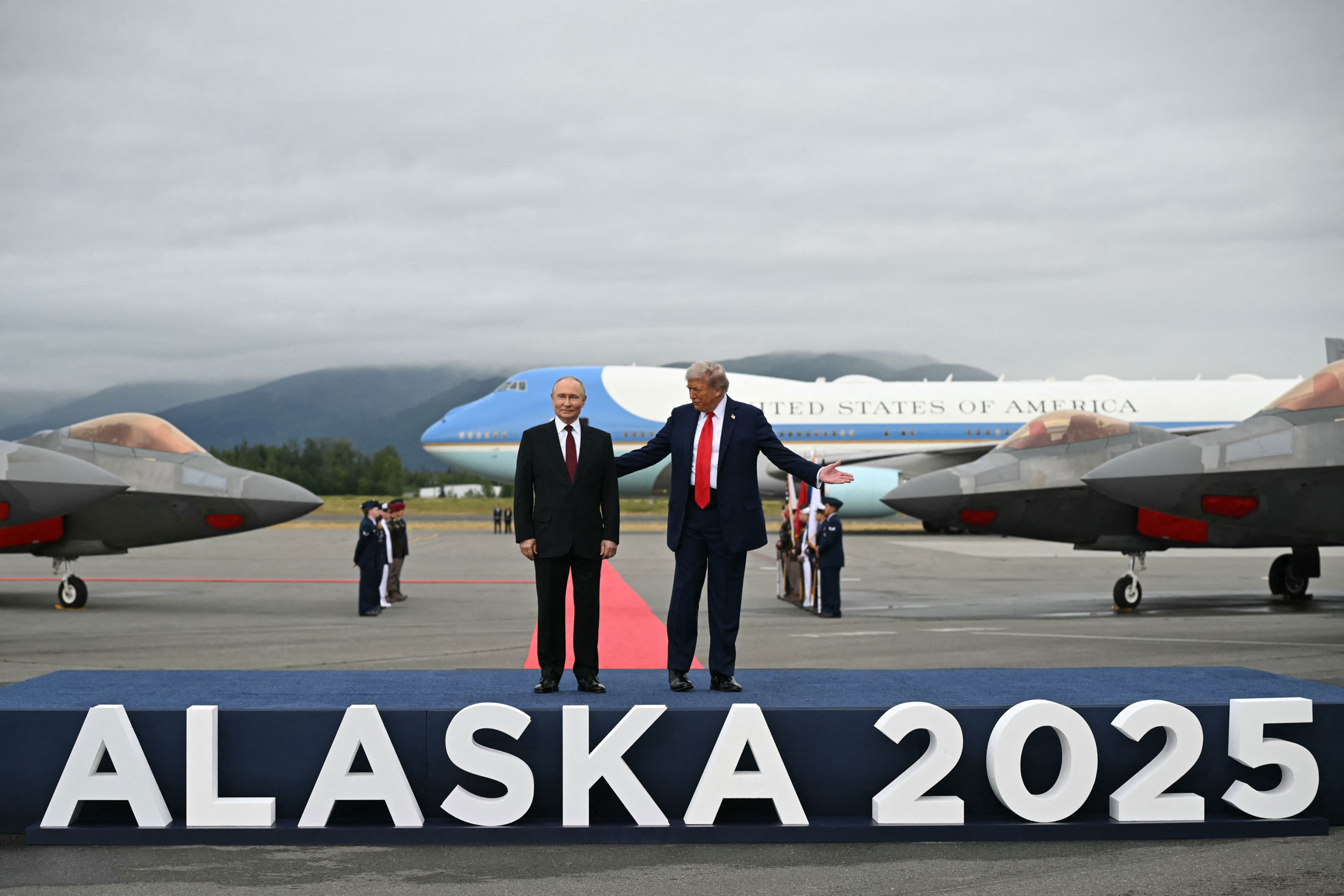
And therein lies Putin’s trap. His plan for the endgame in the war is to do everything in his power to convince Trump – his new best buddy and business partner – that he is behaving reasonably, making concessions, bending over backwards to keep dialogue open. At the same time, he will lay down a series of conditions that Zelensky will refuse to accept.
At which point Europe will be forced to choose between heroic and principled words about refusing to compromise Ukraine’s sovereignty – which would mean supporting Ukraine’s war effort without US assistance – and an ignoble compromise with the Kremlin.
Take the “land swaps” which Trump has mentioned so many times. In reality, that’s a reference to Putin’s demand that Kyiv surrender control of the third of Donetsk and a small sliver of Luhansk provinces that he has so far failed to take. In exchange, Putin proposes to withdraw from small chunks of Sumy and Kharkiv provinces that he occupies, and also drop his claim on the remainder of Kherson and Zaporizhia. Effectively he’s demanding some very valuable and heavily defended real estate – including the fortress cities of Kramatorsk, Sloviansk and Konstantinovka – in exchange for land that he has not yet been able to conquer.
Amazingly, Trump has reportedly agreed that this is a reasonable price for Kyiv to pay for peace. Yet Zelensky cannot surrender this territory either politically or practically. Tens of thousands of Ukrainians have died defending those positions, and it’s possible that his troops would refuse orders to withdraw even if he tried to make them. And Ukraine’s ultranationalists would be literally up in arms over such a betrayal, making Ukraine instantly ungovernable.
The brutal truth is that for the past three years the Europeans have been lying to Ukraine and themselves
Putin has laid a similar political minefield for Zelensky and his European allies over legal recognition of the territories he has occupied. Again, Trump is reportedly in favor of forcing Kyiv to de jure recognize Crimea as Russian, while leaving the rest of occupied Ukraine in a legal limbo. Again, such a humiliation would be political death for any Ukrainian leader who made it and incur the armed wrath of legions of angry, heavily armed, well-organized and politically vocal veterans groups such as Azov.
Putin has dozens more such humiliations in store for Kyiv and its backers before he is ready to end his assault on Ukraine. On the economic front, his wish list includes the lifting of sanctions, a resumption of flights and the unfreezing of billions of Central Bank assets. On the geopolitical front, he wants a constitutional guarantee that Ukraine will never join Nato and restrictions on weapons and troops NATO can deploy to border countries such as the Baltic states, Romania and Poland, as well as an assurance of no more Nato eastward expansion to Moldova and Georgia.
In Ukraine, he would demand the enshrinement of Russian as an official language, granting Russian-speaking regions the right to their own education and examinations, and the restoration of the properties of the wing of the Ukrainian Orthodox Church which remains loyal to the Moscow Patriarchate. He would also insist on scrapping Ukrainian laws banning Soviet symbols and suppressing the memory of Soviet-era war heroes and cultural figures, in addition to allowing towns to restore demolished monuments to Russian czars and writers. Putin would have Kyiv un-ban Russian-language radio and TV stations and newspapers, as well as political parties sympathetic to Moscow, and unfreeze the assets of the 5,000 people sanctioned for being pro-Russian by Ukrainian presidential decree.
That’s to mention just the top dozen of Putin’s demands. Some he will get, some he won’t. But we can be sure that he will push for all of them, and more.
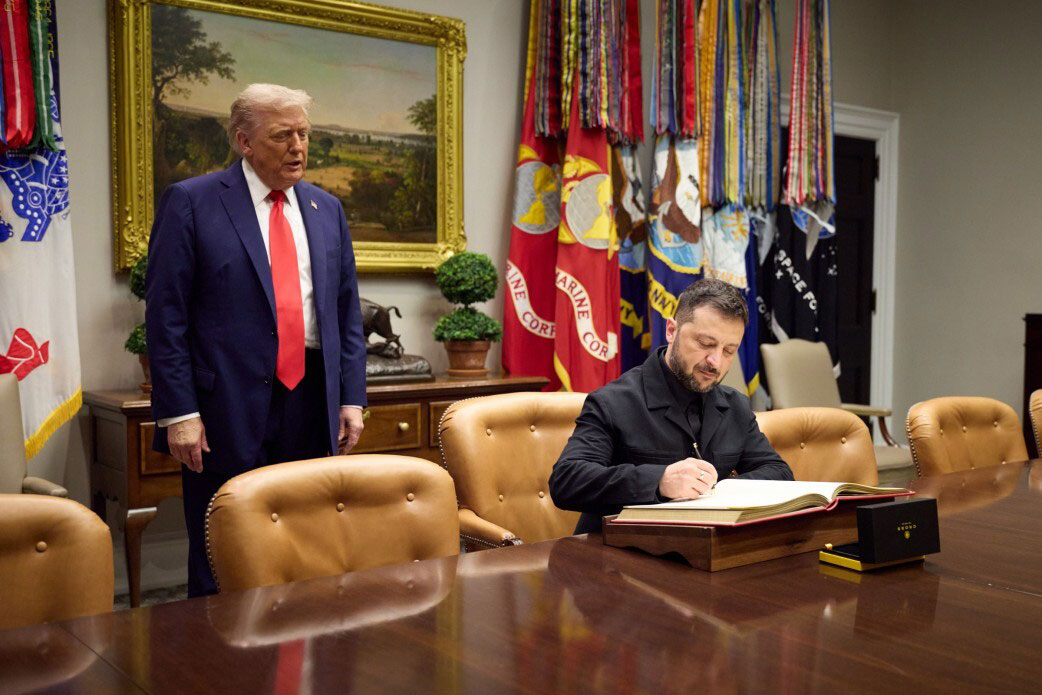
The question for Europe is stark: what will they do if and when Ukraine refuses to submit? If Trump is fine about surrendering the remainder of Donbas, we can be sure that he’s not likely to take a stand against Putin over such details as statues of Pushkin or the rights of the suppressed Russian Church (a major grievance for religious-minded MAGA supporters).
J.D. Vance has made his position on Europe clear. “This is your neck of the woods… you guys have got to step up and take a bigger role in this thing,” the Vice President said earlier this month. “If you care so much about this conflict you should be willing to [fund] this war yourself.” The US, for its part, “wants to bring about a peaceful settlement to this thing, we want to stop the killing,” he added. Trump has repeatedly promised to do his best to play the peacemaker. But if the Ukrainians and their allies don’t wish to agree, Washington will walk away. “Keep fighting,” wrote Trump last week. “Good luck.”
The brutal truth is that for the past three years the Europeans have been lying to Ukraine and themselves. In the spring of 2022, Europe, led by Boris Johnson, encouraged Zelensky to fight on and promised Ukraine “as much support as they need for as long as they need it.” Ukraine kept its part of the bargain, and with the help of hundreds of billions in military and financial aid pushed Putin’s far larger army back from over half of the territory it once occupied.
That’s an extraordinary achievement. But it hasn’t been enough to win. And by this point many of Kyiv’s most passionate defenders in Europe are starting to acknowledge that there is little military or political point in fighting on. Others, like the Baltic nations, disagree.
For those allies who believe that it’s time to call it a day, the main point that remains to be decided is how Ukraine’s reduced new borders can be protected in a way that Putin will not dare to challenge. Starmer and Emmanuel Macron’s idea of putting NATO boots on the ground is foolish and misunderstands that the basis of Putin’s paranoid logic in starting the war was to avoid precisely that outcome.
The “NATO Article 5-like” security guarantees of which Italy’s Giorgia Meloni spoke in Washington this week (albeit accompanied by extravagant air quotes) sound formidable. The problem is that security guarantees have to be credible to work. And will Putin believe that Starmer or Macron will send their voters’ sons to fight over Donbas, when they have already said that their proposed minuscule peacekeeping force will be “backstopped” by US air power?
Of more practical use is a proposal to create a network of air defences made of Patriot batteries and drones along the length of Ukraine’s border, funded by Europe. That’s what Ukraine’s reported offer to buy $100 billion in US weaponry is about, and includes a staggering $50 billion to develop new-generation drones in partnership with the world’s biggest experts in Ukraine itself.
Ben Wallace, the former UK defense secretary, has called Trump the “appeaser-in-chief” and warned that the peace process could be “another Munich 1938,” when independent Czechoslovakia was sacrificed to Hitlerite aggression. But that is a bad analogy. At Munich, Sir Neville Chamberlain failed to avert war. Today’s Ukraine, with western help, has failed to win a war. But neither have they lost. Instead, like Finland in 1941, they have heroically fought a much stronger adversary to a halt and saved 80 percent of their country and now face a bloody, attritional stalemate.
Putin would like nothing more than for Europe to encourage Ukraine to fight on, and to lose even more of their land and independence. The question Ukraine’s friends must ask themselves today is whether it’s time to choose an unjust peace over a righteous but never-ending war.



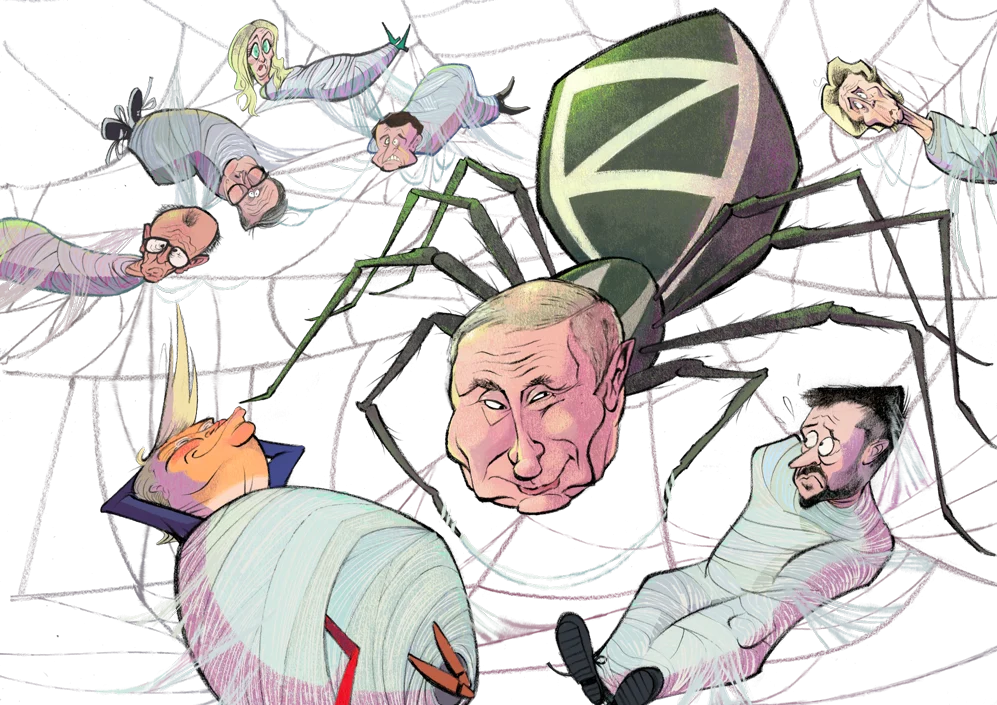









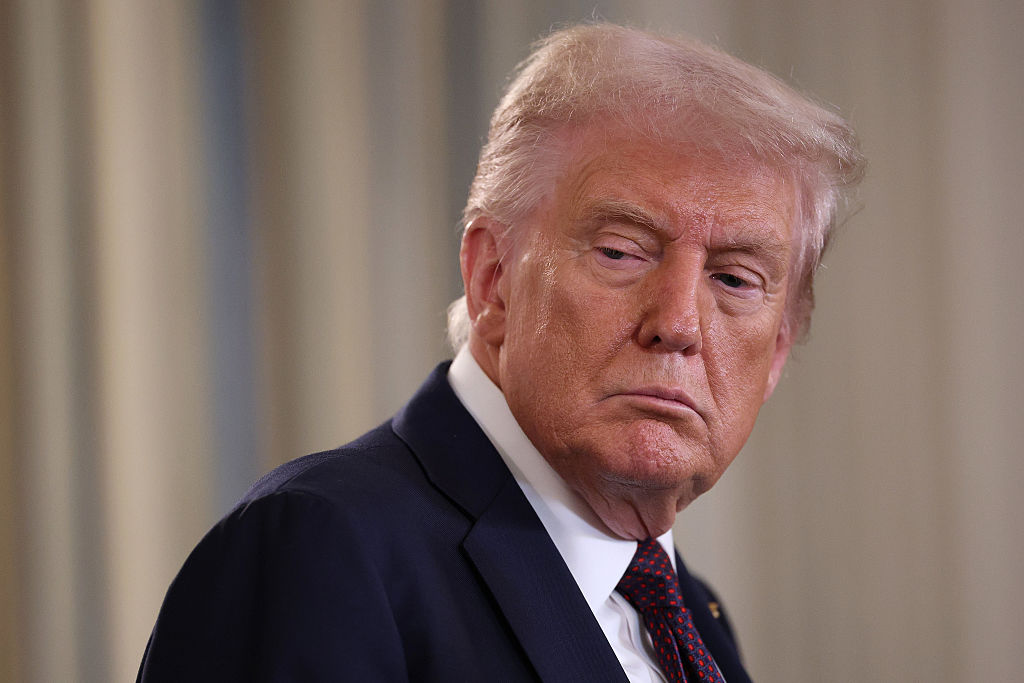


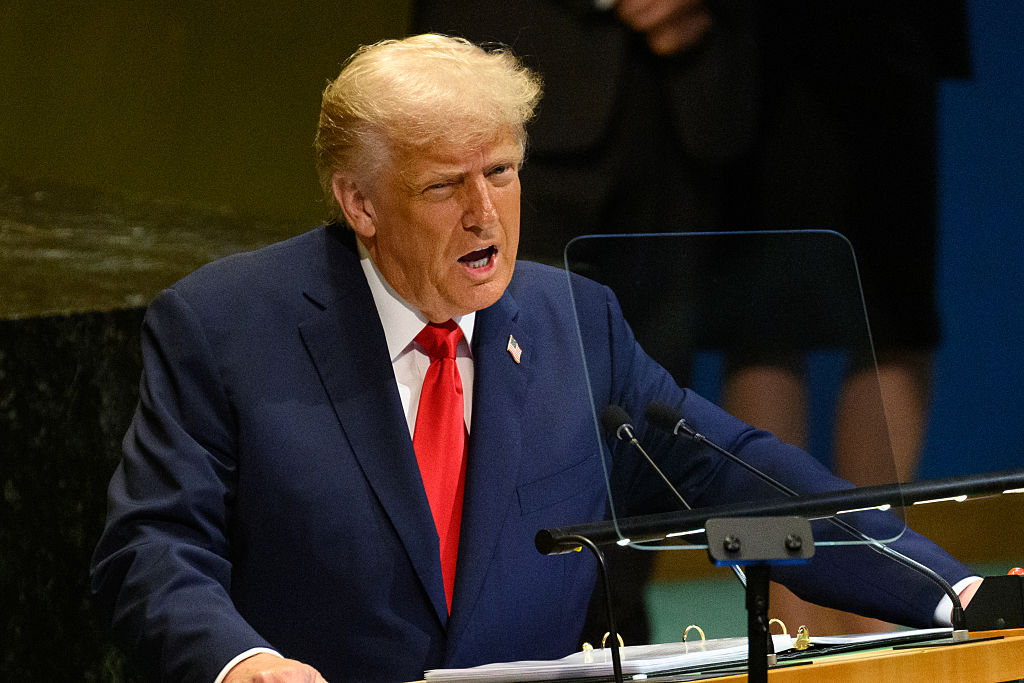

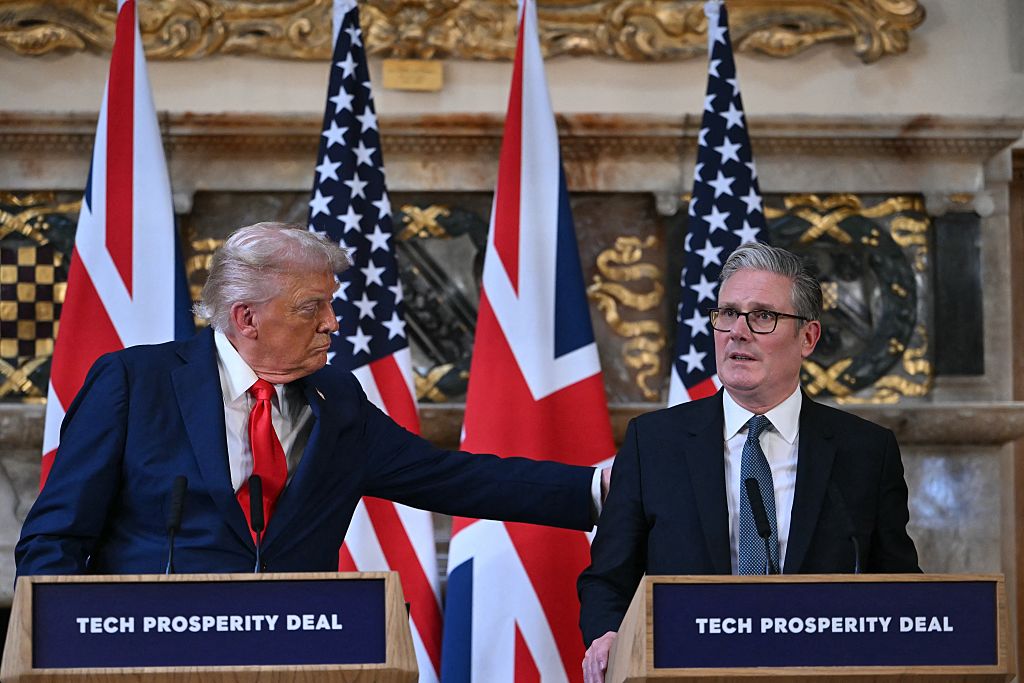

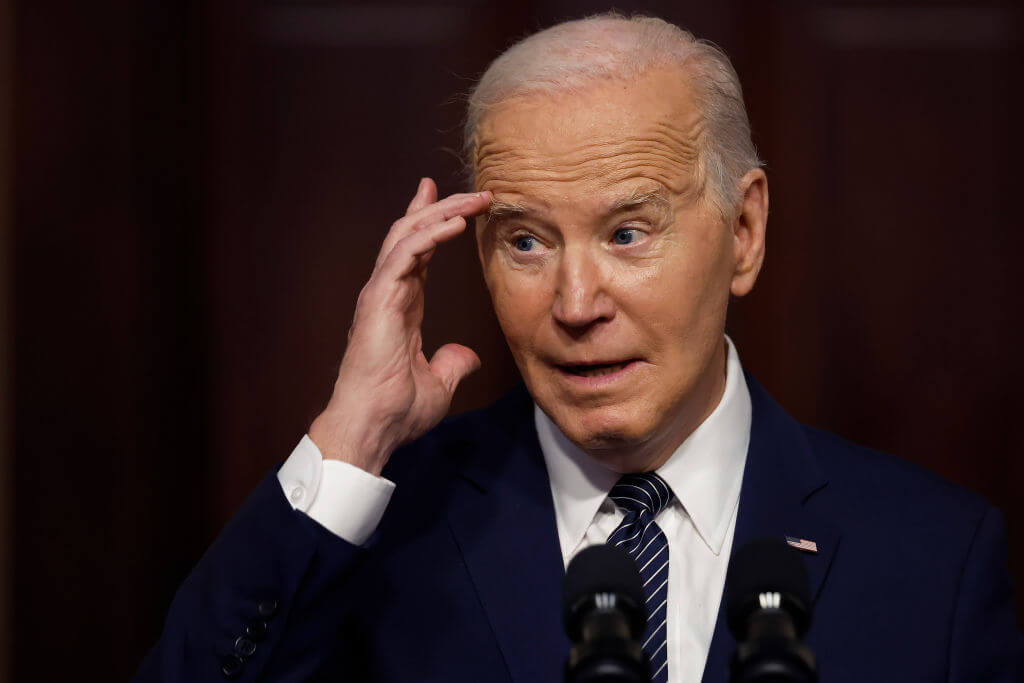


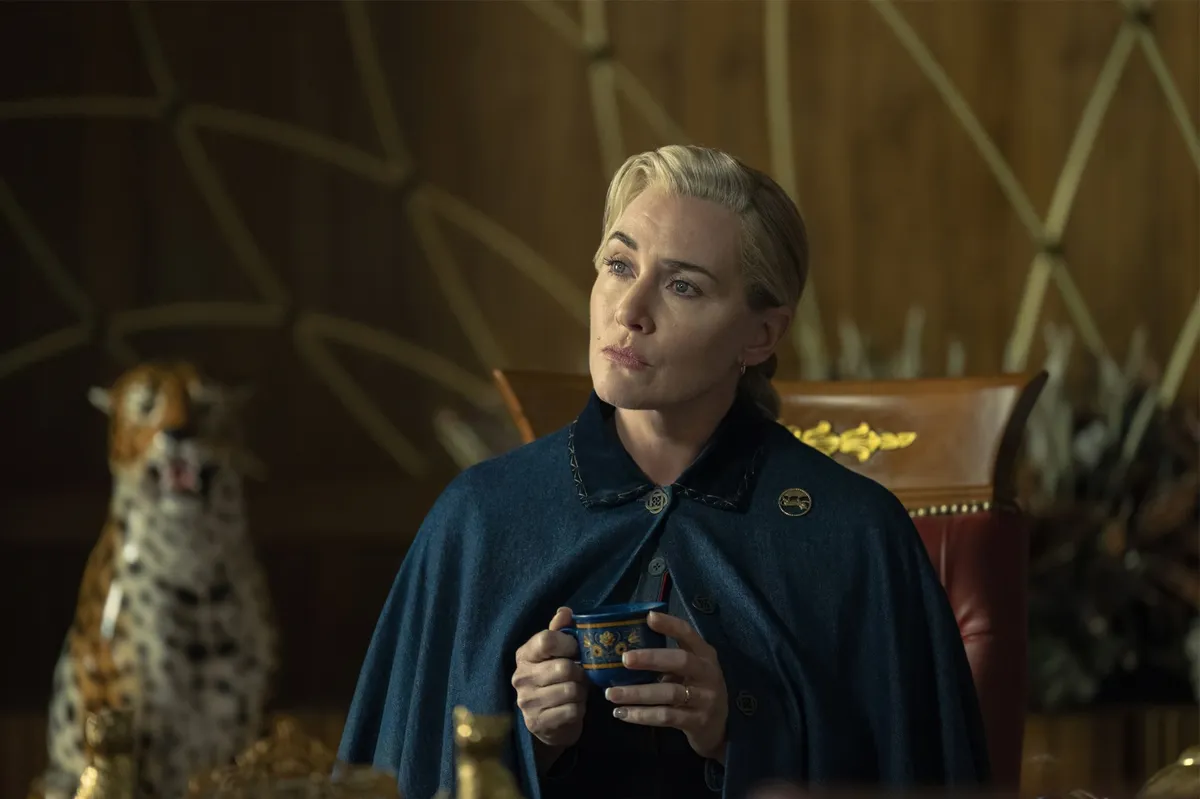
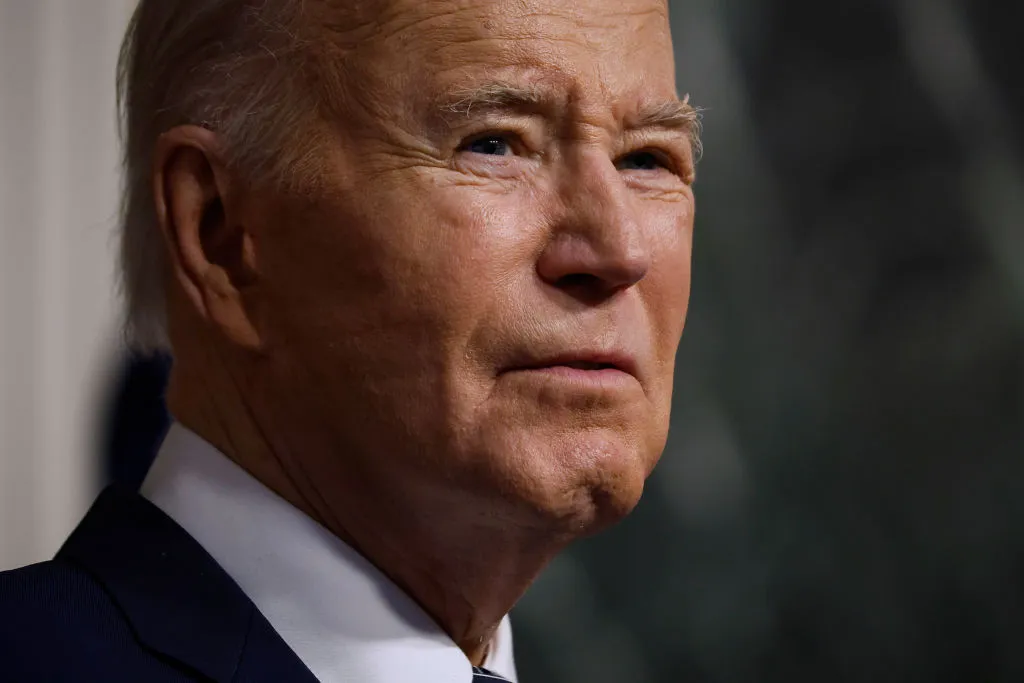

Leave a Reply